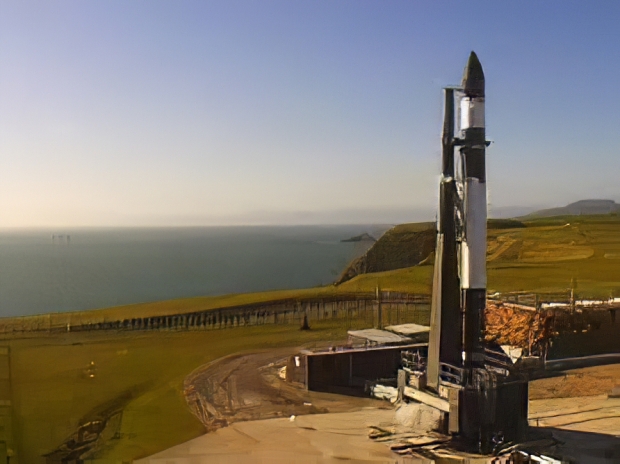The certification was largely based on the success of "This One's for Pickering" in late 2018, the company's fourth commercial launch, which took a batch of NASA cubesats into orbit as part of the ELaNa-19 mission. This experimental mission was undertaken as part of NASA's Venture Class Launch Services initiative to test out newer and smaller launch vehicles using non-critical payloads.
Certification categories go from 1-3, from "high risk" to "low risk", based largely on successful launches.
In a typical NASA catch-22 you need the launches to get the certification, but you need the certification to get the launches.
The way out if this is by running non-essential missions like small experimental satellites -- which is sort of the purpose of the VCLS programme.
Category 2 certification is in process, but is of course even more stringent and requires six consecutive successful missions with the same rocket configuration. Rocket Lab has 10 in a row at present, but there's likely a lot of paperwork involved as well.




